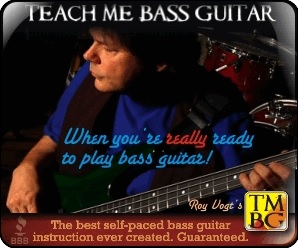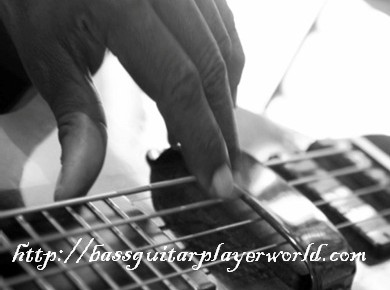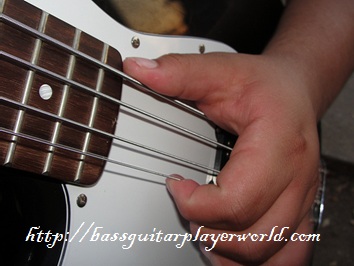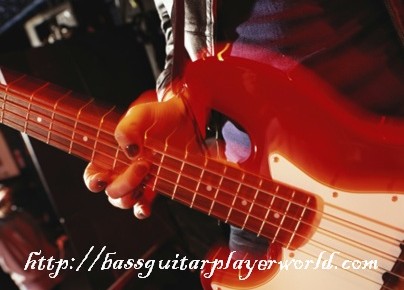Parts of the Bass Guitar And Their Functions
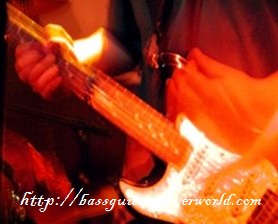 As a musician, you should make it part of your job to learn your instrument inside and out. Knowing your instrument and the different functions of different parts allows you to become more familiar with how it works.
As a musician, you should make it part of your job to learn your instrument inside and out. Knowing your instrument and the different functions of different parts allows you to become more familiar with how it works.
It also helps you to diagnose any possible issues that come up with electronics or wood or other parts. In this article, we will go over the different parts of the bass guitar and their different functions.
Head And Tuning Pegs
Let’s start from the top and move our way down. First off is the headstock. The head stock is designed to space your strings out and, with the help of the tuners (which is the next part), keep your guitar in tune. The size of the headstock doesn’t necessarily matter –it’s all aesthetics.
What matters if string distance. If the strings are spaced too close they will warp the nut, as they will have to bend on extreme angles. Keep this in mind. Tightening the tuners will put more tension on the string, while loosening them will relieve tension.
The “Backbone” of the Guitar
Next up is the truss rod. In most traditional bass guitar setups, this will be located beneath the strings just behind the nut, underneath a small plastic cover called the truss rod cover. The truss rod is a rod that goes throughout the neck and allows you to adjust the amount of tension on the neck.
Tightening it will give up bow (more tension), loosening will give back bow (less tension). Adjusting the truss rod is usually done to reverse a twisted guitar neck. For more details on this, read this article – Warped Bass Guitar Neck – What Do I Do?
Nut
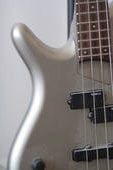 The nut’s job is to hold the strings in place. Each slot on a nut is specifically designed for a certain string gauge. It can hold anything up to that gauge, and anything beyond it will require you to stop by a luthier to get your nut sanded.
The nut’s job is to hold the strings in place. Each slot on a nut is specifically designed for a certain string gauge. It can hold anything up to that gauge, and anything beyond it will require you to stop by a luthier to get your nut sanded.
Fretboard
After the nut comes the fret board and the neck. The neck’s purpose is obvious, but the fret board’s isn’t. The fret board is not only meant to show us where our notes are, but it is also meant for comfort. In most cases, the wood of the neck would be too hard to play upon for hours of practice.
The body is built for resonation. After all style, the main purpose is still to make notes last and sound.
Knobs And Switches
The volume pot and the tone pot are for what they sound like; adjusting the volume and the tone.
The toggle switch is for switching between your pickups, and the pickups themselves are magnets that take the frequencies emitted by vibrating strings and send them through wires and into a preamp (in your amp).
Bridge
The bridge is made for holding the strings in place, adjusting the string distance, and adjusting the string height. This allows us to change the intonation and action.
Cable Jack Termination Point
The last part is the amp jack. All of the electronics (knobs, switches, pickups) in your guitar are connected through wires. The wires are soldered together in a chain, and the chain ends at the amp jack. When you plug your guitar in, the jack transfers those waves through the cord and into the preamp of your amplifier.
Professional Instructions at the Convenience of Your Home
If you want to save cash on getting lessons taught by a true professional, “Teach Me Bass Guitar” is the course for you. With jam-packed content, this course offers hours of fun in learning the bass without breaking the bank. Click here to check them out…
Related Articles
Comments are closed.

